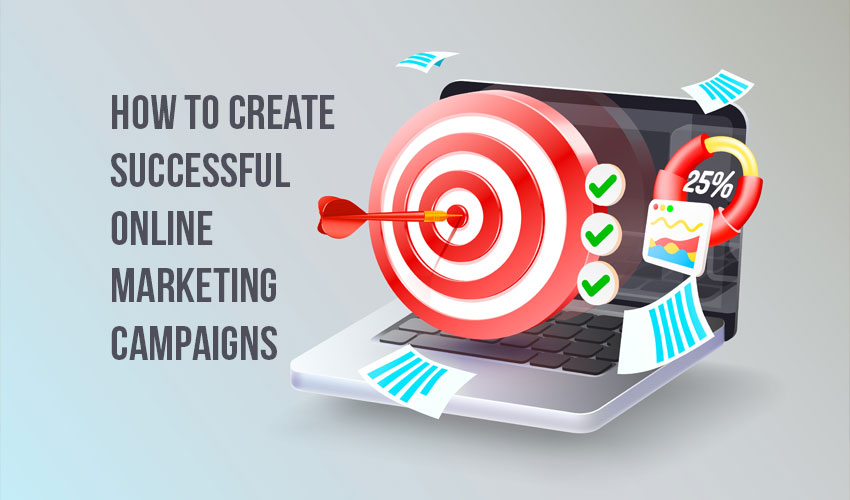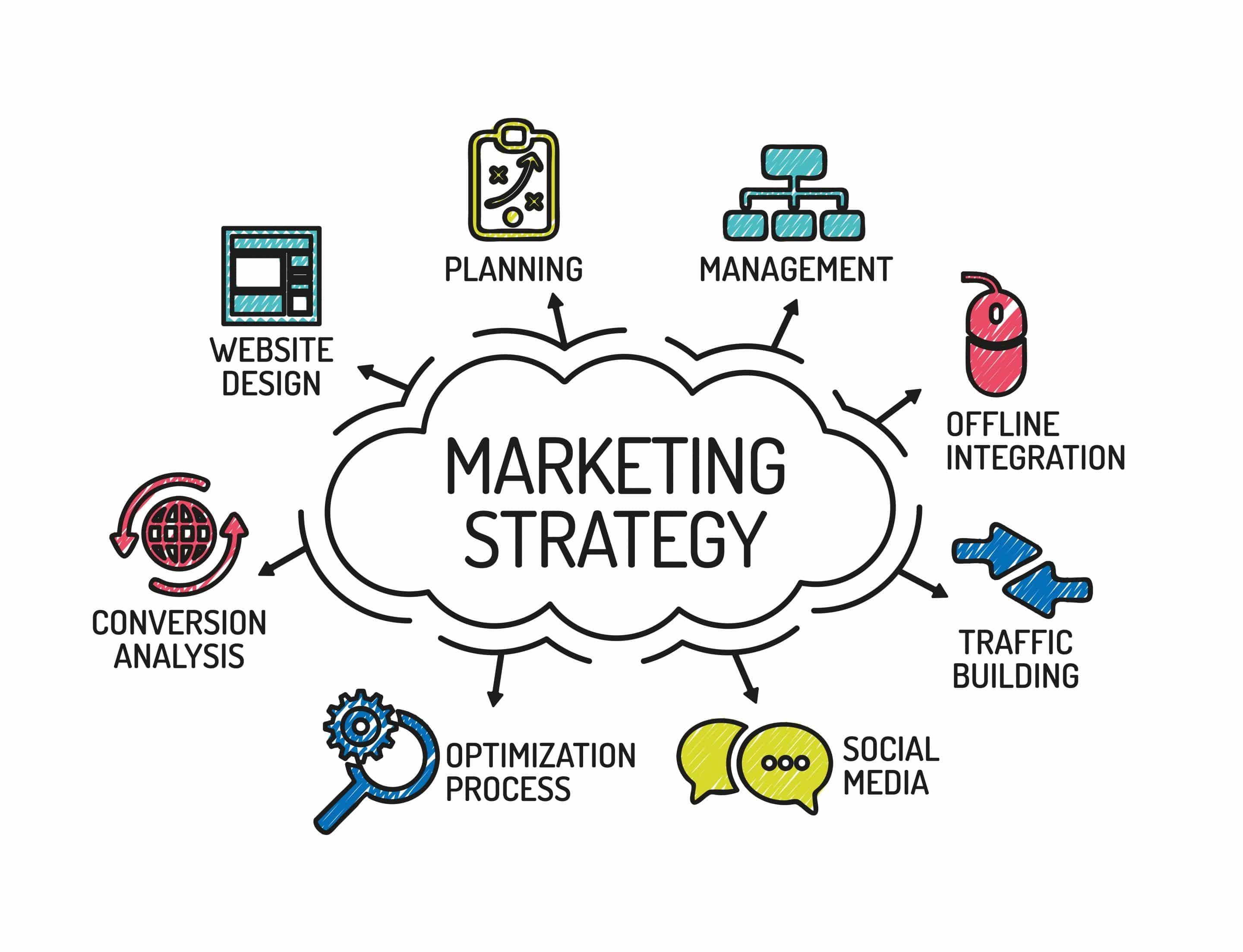
In the bustling world of business, standing out is not just an option—it's a necessity. Imagine your marketing campaign as a lighthouse in a stormy sea of competitors. It needs to be bright, steady, and unmistakable. But how do you create a marketing campaign that not only captures attention but also drives business growth? Let's dive in and explore the essential steps to create effective business marketing campaigns.
Understanding the Basics: What Makes a Marketing Campaign Effective?
Before we delve into the nitty-gritty, let's understand what makes a marketing campaign effective. An effective campaign is one that resonates with your target audience, delivers a clear message, and ultimately boosts your marketing ROI. It's like planting a seed that grows into a flourishing tree, bearing the fruits of business growth.
Step 1: Define Your Target Audience
The first step in creating an effective marketing campaign is understanding your target audience. Who are they? What are their needs, preferences, and pain points? Think of your target audience as the guests at your party—you need to know their tastes to serve the right food and play the right music.
Conduct Market Research
Market research is the backbone of understanding your target audience. Use tools like Google Analytics, social media insights, and surveys to gather data. This data will help you create buyer personas, which are detailed profiles of your ideal customers.
Create Buyer Personas
Buyer personas are like the characters in a story—they have names, backgrounds, and motivations. By creating detailed personas, you can tailor your marketing strategies to meet their specific needs and preferences.
Step 2: Set Clear Campaign Goals
Setting clear campaign goals is like plotting a course on a map. Without a destination, you'll end up wandering aimlessly. Your goals should be specific, measurable, achievable, relevant, and time-bound (SMART).
Examples of SMART Goals
- Increase website traffic by 20% within the next quarter.
- Generate 500 new leads through social media campaigns in the next six months.
- Boost sales by 15% through targeted email marketing by the end of the year.
Step 3: Develop a Compelling Campaign Message
Your campaign message is the heart of your marketing strategy. It's the story you tell, the promise you make, and the value you offer. Think of it as the hook in a song—it needs to be catchy, memorable, and resonant.
Craft a Unique Value Proposition
Your unique value proposition (UVP) is what sets you apart from the competition. It's the reason why customers should choose you over others. Make sure your UVP is clear, concise, and compelling.
Use Emotional Appeal
Emotions drive decisions. Whether it's joy, excitement, or a sense of belonging, tap into the emotions of your target audience. Use storytelling techniques to create a narrative that resonates with them.
Step 4: Choose the Right Marketing Channels
Selecting the right marketing channels is like choosing the right tools for a job. You need the right mix to get the best results. Consider where your target audience spends their time and tailor your campaign accordingly.
Digital Marketing Channels
- Social Media: Platforms like Facebook, Instagram, and LinkedIn are great for reaching a wide audience.
- Email Marketing: Personalized emails can drive engagement and conversions.
- Content Marketing: Blogs, videos, and infographics can educate and engage your audience.
- SEO: Optimizing your website for search engines can increase organic traffic.
Traditional Marketing Channels
- Print Advertising: Magazines, newspapers, and billboards can still be effective.
- Direct Mail: Personalized letters and brochures can reach a targeted audience.
- Events and Trade Shows: Face-to-face interactions can build strong relationships.
Step 5: Plan and Execute Your Campaign
Campaign planning is like building a house—you need a solid foundation and a clear blueprint. Break down your campaign into manageable tasks and set a timeline for execution.
Create a Campaign Calendar
A campaign calendar helps you stay organized and on track. Include key dates, milestones, and deadlines. Use project management tools like Trello or Asana to keep everything in one place.
Allocate Resources
Allocate your budget and resources wisely. Determine how much you'll spend on each marketing channel and ensure you have the right team in place to execute your plan.
Step 6: Measure and Analyze Campaign Performance
Measuring campaign performance is like checking the pulse of your marketing efforts. It tells you what's working and what's not. Use key performance indicators (KPIs) to track your progress.
Key Performance Indicators (KPIs)
- Website Traffic: Track the number of visitors to your website.
- Conversion Rate: Measure the percentage of visitors who take a desired action.
- Engagement Rate: Monitor likes, shares, and comments on social media.
- Return on Investment (ROI): Calculate the revenue generated compared to the cost of the campaign.
Use Analytics Tools
Tools like Google Analytics, Hootsuite, and HubSpot can provide valuable insights into your campaign performance. Use these tools to make data-driven decisions and optimize your strategies.
Step 7: Optimize and Adjust Your Campaign
Optimizing your campaign is like fine-tuning a musical instrument. Small adjustments can make a big difference. Based on your performance data, make necessary changes to improve your results.
A/B Testing
A/B testing involves creating two versions of a campaign element (e.g., email subject lines, landing pages) and comparing their performance. Use the data to make informed decisions about what works best.
Continuous Improvement
Marketing is an ongoing process. Continuously monitor your campaign and make adjustments as needed. Stay agile and adapt to changes in the market and customer preferences.
Conclusion: Boost Your Business with Effective Marketing Campaigns
Creating effective business marketing campaigns is a journey, not a destination. It requires a deep understanding of your target audience, clear campaign goals, a compelling message, the right marketing channels, meticulous planning, and continuous optimization. By following these steps, you can boost your business growth and achieve your marketing objectives.
Remember, every campaign is an opportunity to learn and improve. Embrace the process, stay flexible, and always keep your audience at the heart of your strategies. With the right approach, your marketing campaigns can be the lighthouse that guides your business to success.
FAQs
What is the most important step in creating an effective marketing campaign? The most important step is understanding your target audience. Without a clear understanding of who you're marketing to, your campaign is likely to fall flat.
How do I measure the success of my marketing campaign? Use key performance indicators (KPIs) such as website traffic, conversion rate, engagement rate, and return on investment (ROI) to measure the success of your campaign.
What are some common mistakes to avoid in marketing campaigns? Common mistakes include not setting clear goals, failing to understand the target audience, and not optimizing the campaign based on performance data.
How can I optimize my marketing campaign for better results? Use A/B testing to compare different versions of your campaign elements and make data-driven decisions. Continuously monitor your campaign and make adjustments as needed.
What role does storytelling play in marketing campaigns? Storytelling helps create an emotional connection with your audience. It makes your campaign more memorable and resonant, driving engagement and conversions.


Posting Komentar